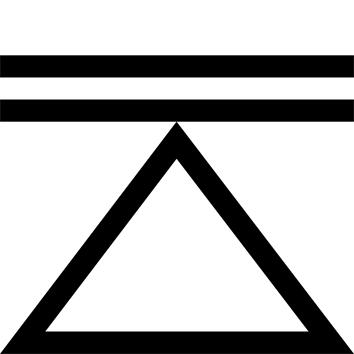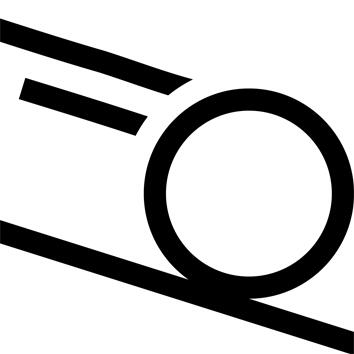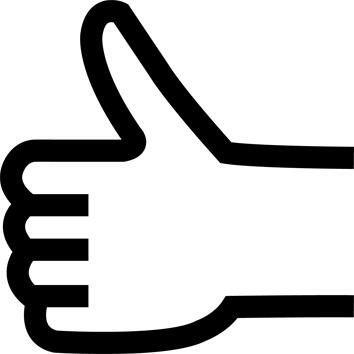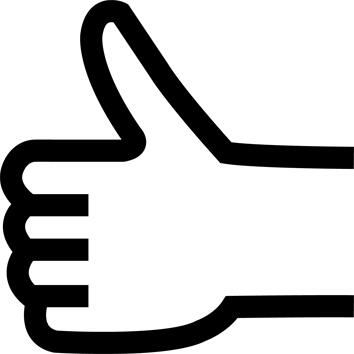We tell you about the Play 120 trucks
To adapt our board to 4-7 year-olds, we've enlarged the wheelbase and spaced out the trucks: the board is lower and there's no more leverage on the nose and tail.
But as this is still skateboarding, we've chosen ABEC 3 bearings for real glide quality and softer bushings to help you learn to turn more easily.
And to support you for longer, the holes to put the trucks in the classic position are already present on the board.
A skateboard that breaks codes from an early age
With its symmetrical shape and reduced height, the Play 120 has nothing in common with conventional skateboards:
For greater stability, the wheelbase has been increased and the trucks angled.
The result? The board is lower, making it easier for younger riders to push off.
A board that breaks the mould to help you discover the joys of skateboarding.
Trucks, nose, bushing etc. We take a look at the vocabulary:
Trucks are the parts screwed to the board where the wheels are located, as well as the bearings (quality starts at Abec 1) and bushings (rubber) that allow the board to lean to turn.
Nose and tail refer to the front and back of the skateboard.
And why a front and back on a skateboard? Because not everyone places the same foot at the front. Goofy is when the right foot is in front and Regular is when the left foot is in front.
Our team of skateboard enthusiasts tells you how this board was designed:
"It all started 2 years ago. We wanted a board adapted to the real use of a child aged 4 to 7, i.e. learning to push, roll and turn. That's why we put in real bearings for gliding: learning a sport has to be fun, but if you're in the hard stuff all the time, it's complicated. We were able to have the board tested in skateboarding schools for the very young in the Dordogne, to create a simple, adapted product. The idea is that a child can have fun with it."
How do you get started in a board sport? Our design team has some advice for you:
"Obviously, the first piece of advice for learning to skateboard is to be well equipped: helmets, elbow pads, knee pads, wrist guards... Protective gear helps you learn to fall without hurting yourself. It's part of skateboarding, like learning to walk. A bit like judo, you first learn how to fall. The second piece of advice is to find a suitable place to learn: a flat, traffic-free area. An empty parking lot on a Sunday works just fine!"
So how do you teach your child to skate?
Here are a few tips:
- Your child can start by learning to push, with one foot on the skateboard and one foot on the ground. Once he or she is comfortable, he or she can learn to roll.
- The other option is to accompany him or her: your child met across the board and you gently push and hold him or her. This way, your child can learn to balance and turn on the skateboard without having to worry about pushing.
Board dimensions
71.12cm x 19,812cm (28" x 7,8")




